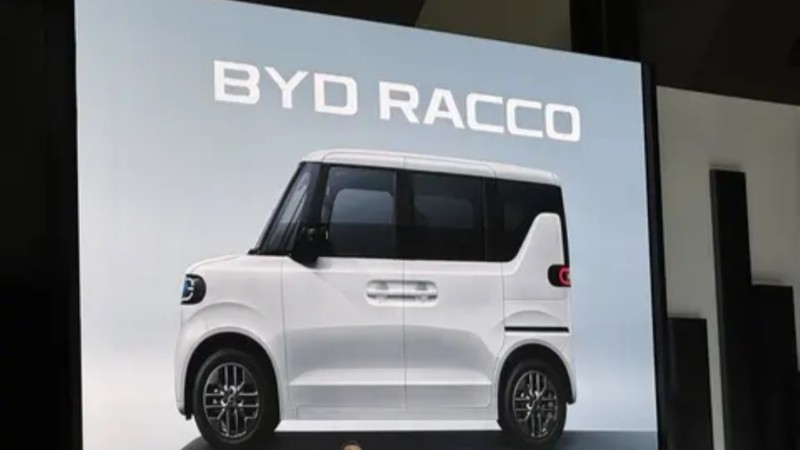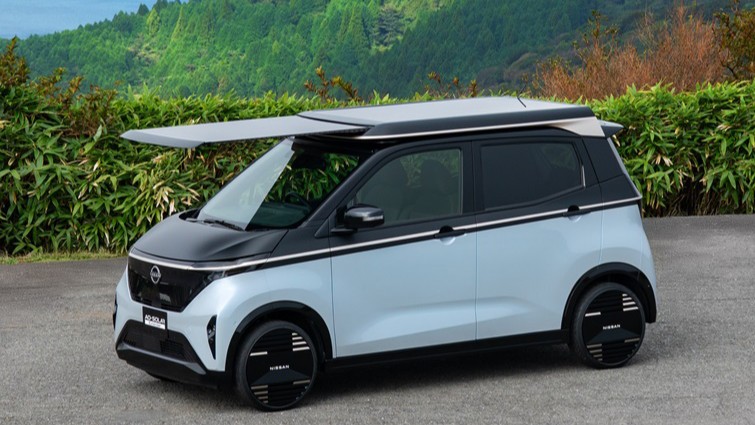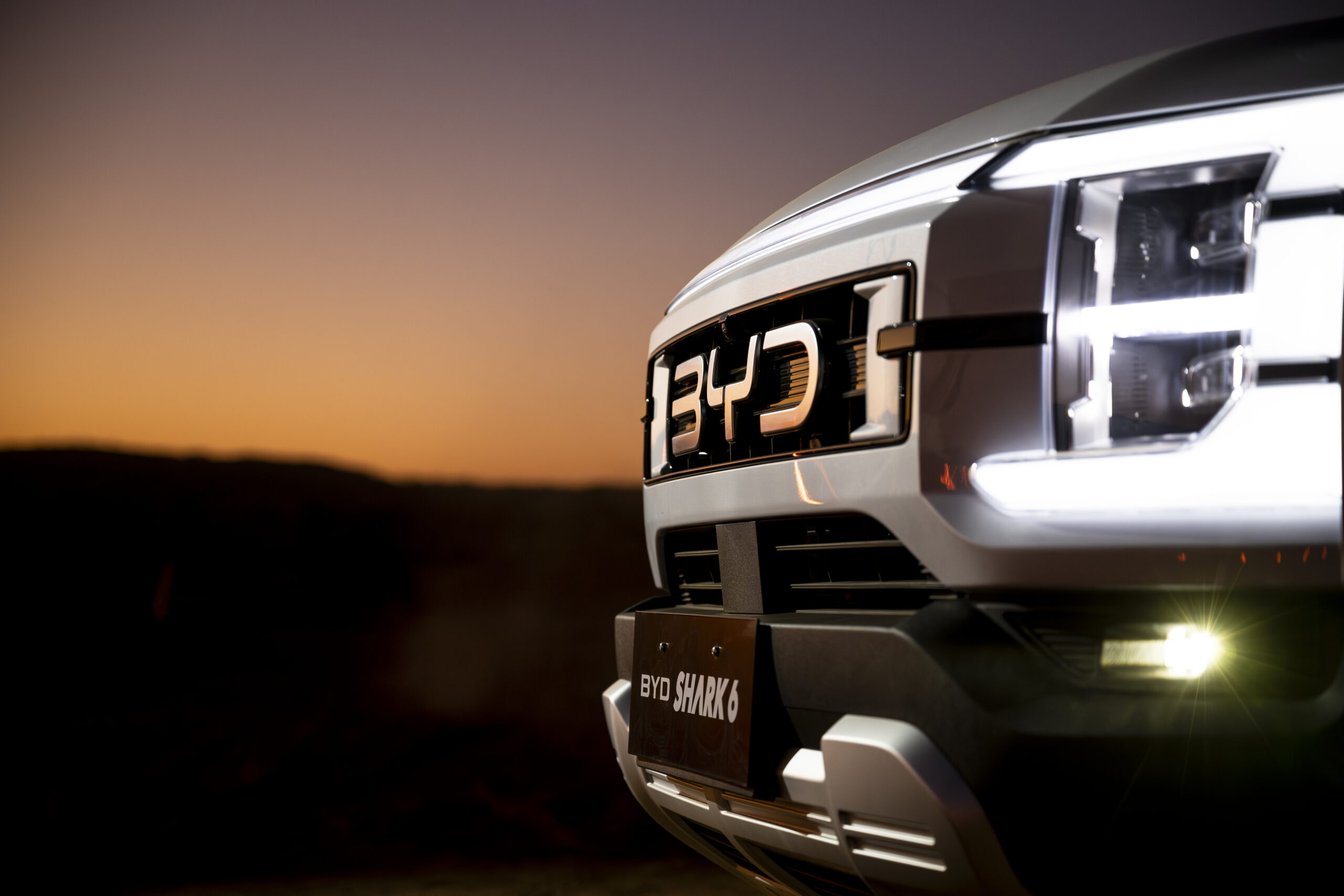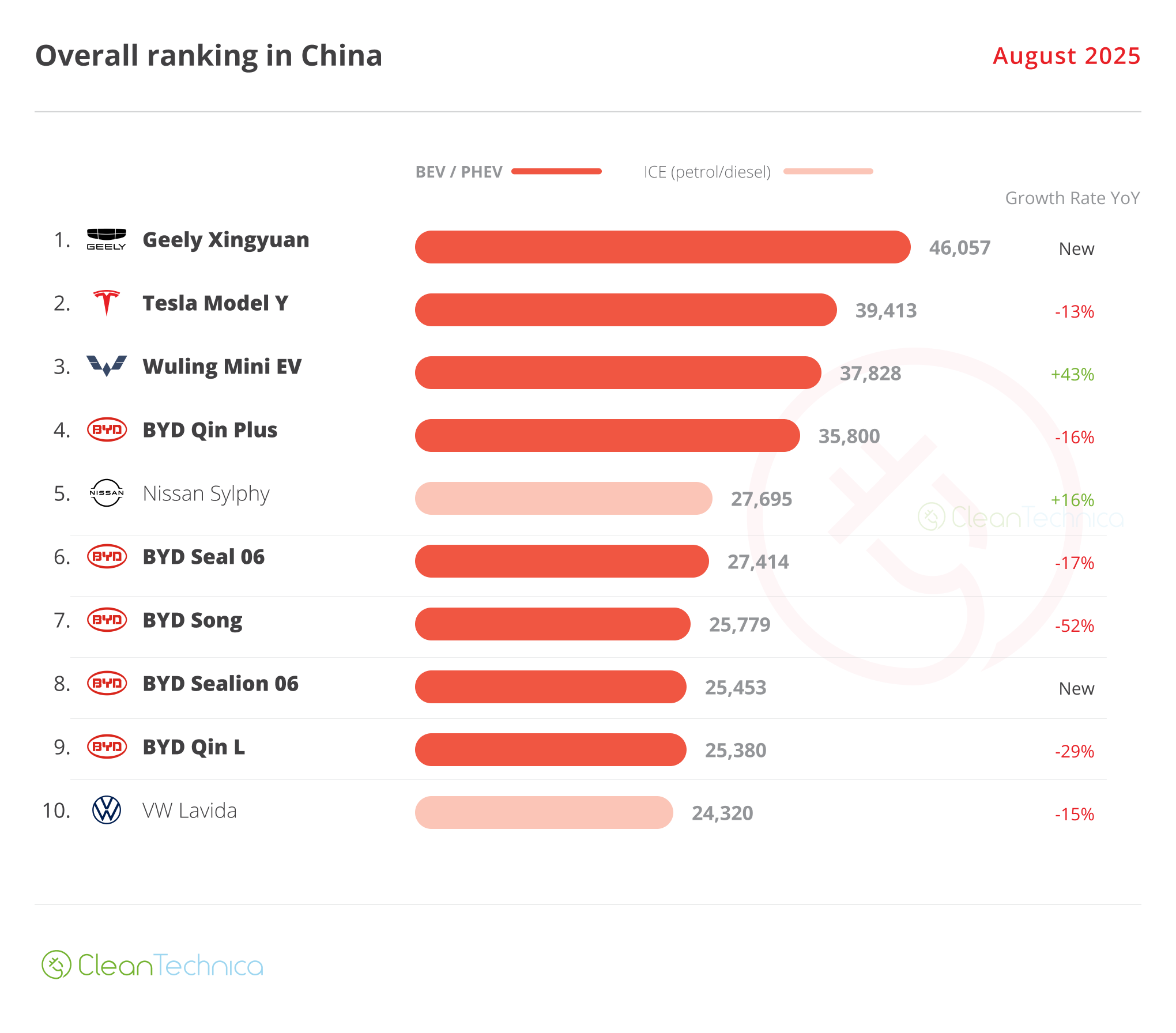Support CleanTechnica’s work through a Substack subscription or on Stripe.
With the Japan Mobility Show around the corner, attention is being paid to a market-specific vehicle form factor: the Kei Car (or K-Car, not to be confused with the ‘80s Chrysler). These tiny vehicles are largely defined by regulation. They can be no more than 3,400 mm long, 1,480 mm wide, and 2,000 mm tall. The most typical vehicles look like rounded boxes with the wheels pushed to the corners, reminiscent of the square watermelons that are also popular in Japan. Power is limited to 63 hp (47 kW). Originally intended for young people, they have increasingly also become popular with retirees. Overall, the best-selling car and best-selling EV in Japan are both Kei cars.

New Electric Kei Cars
BYD is launching the Racco Kei Car. While we had previously seen teaser images, CarNewsChina.com has shown shots of the vehicle on the show floor. Overall, the car is stylized but doesn’t divert too much from the typical boxy form. It is expected to have roughly 20 kWh of battery, 180 km (112 mi) of WLTC range, and around a $17,000 starting price. However, we will have to wait to see what the actual specs turn out to be. The Racco is also expected to be packed with technology and features. However, the importance of this vehicle is much larger than its footprint, as it indicates that BYD is serious enough about the Japanese market that it is willing to develop a vehicle specifically for it. Japan has tended to resist imports and EVs, but having BYD make vehicles specifically for their unique market needs could potentially change that.

In addition, Nissan is showcasing a version of its Sakura, the best-selling EV in Japan, with a retractable solar panel. With the vehicle parked and the solar panel extended, it can generate up to 500 W. When driving, the maximum output would be 300 W. On a typical ICE vehicle, I have not been a fan of rooftop systems. Research shows that the increased drag of roof racks or even streamlined roof-mounted cargo boxes would easily overcome the relatively small amount of energy generated, particularly for vehicles run on the highway, with aerodynamic drag going up exponentially with speed. However, for low-speed, short-distance driving in a lightweight car, the solar panels might actually provide a net benefit.
Would You Consider A Kei Car If You Could?
Regulations block these vehicles from the US and several other markets. While you can say that they are not safe for their occupants against a 3-ton SUV at highway speeds, they also pose little threat to other vehicles on the road. The power and size would make them undesirable for long-distance highway travel, even if it was technically allowed here. Clearly, they are safer in an accident than the motorcycles that we do allow. Several models perform well on JNCAP testing and presumably could be modified for other markets. For example, the Suzuki Jimny was produced both for European roads (with larger bumpers, wider track, etc.) as well as Kei car regulations.
I have driven a Jimny in Greece and a Daihatsu Kei car in Turks and Caicos. While not the fastest, they are fun in their own way. Gearing makes the cars easy to drive at low speeds. Space efficiency is impressive. Parking is easy … they just make sense where space is limited, distances are short, and speeds are low.
However, they tend to be more expensive than you might expect. The vehicles are a definite step up from a European quadricycle, like a Citroen Ami, but they also cost significantly more. Perhaps the biggest argument against them is that larger cars like the BYD Seagull and Geely Geome Xingyuan exist in China for significantly less money … but does it have to be that way?
If countries could harmonize their relatively low-speed, minicar regulations, then we could see more global scale. Scale can drive down costs. Competition across borders could also reduce costs. Could we open up globally to see the automotive equivalent of a Honda Super Cub? At the minimum, countries could issue waivers for small, low-powered vehicles. Japanese regulations might have shaped the Kei, but more open global regulations could let us have access to a wider range of interesting small car options.
There is likely not enough demand in the US to support development of this kind of vehicle in isolation, even if it was allowed on our roads. It is also clear that many people drive far more car than they need for their regular commutes and errands. So, if you had the option at a reasonable price, would you consider something like an electric Kei car?
Sign up for CleanTechnica’s Weekly Substack for Zach and Scott’s in-depth analyses and high level summaries, sign up for our daily newsletter, and follow us on Google News!
Have a tip for CleanTechnica? Want to advertise? Want to suggest a guest for our CleanTech Talk podcast? Contact us here.
Sign up for our daily newsletter for 15 new cleantech stories a day. Or sign up for our weekly one on top stories of the week if daily is too frequent.
CleanTechnica uses affiliate links. See our policy here.
CleanTechnica’s Comment Policy



